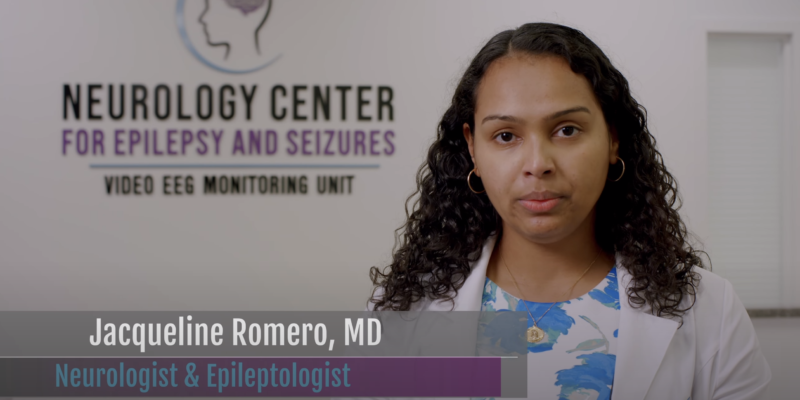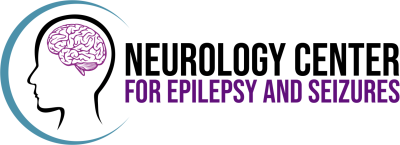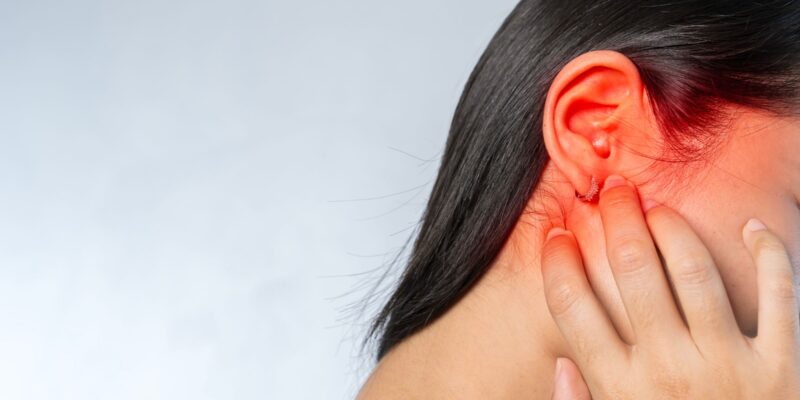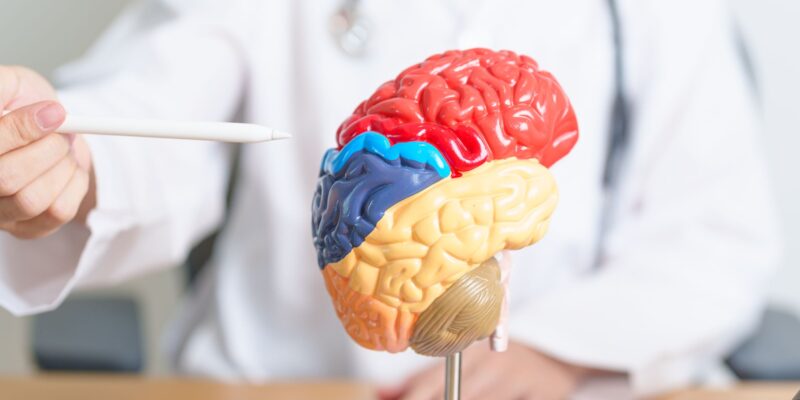Can problems in your inner ear really trigger seizures? The link between balance and brain…

What is Attention-Deficit/Hyperactivity Disorder?
Attention Deficit and Hyperactivity Disorder (ADHD) is a neurodevelopmental disorder. It is also known as Attention Deficit Disorder (ADD). The diagnosis may depend on the combination of symptoms your child exhibits.
ADHD is usually diagnosed in childhood. People may outgrow the symptoms or they may last into adulthood. The most common age range for diagnosis is 4 to 8, because that is when ADHD behaviors begin to interfere with school. However, adults can also be diagnosed with the disorder. This is not uncommon, since many symptoms of ADHD were once just considered “bad” behavior by parents and educators.
ADHD has three subtypes. Primarily inattentive, primarily hyperactive, and mixed. People with primarily inattentiveness are likely to get an ADHD label.
Symptoms of inattention include:
- Failing to pay attention in school
- Making careless mistakes
- Trouble staying focused
- Appearing not to listen
- Having problems completely chores or schoolwork
- Disliking tasks that require focus
- Losing items
- Being easily distracted
- Forgetting things
Symptoms of hyperactivity or impulsivity include:
- Fidgeting
- Difficulty sitting still
- Taking too much
- Having trouble sitting quietly
- Constantly in motion
- Running or climbing in inappropriate situations
- Interrupting
- Blurting out answers
- Difficulty taking turns
ADHD can be associated with other development, neurological, and behavioral disorders. Autism, conduct disorder, and anxiety frequently co-occur with ADHD.
There are several treatments for ADHD. However, it is important to realize that there are benefits for the ADHD brain as well. So, usually the treatment goal is to provide the patient with the tools and help he or she needs for success at school and at home, without dramatically altering them.
Some of the first treatments for ADHD are not really treatments at all. Once educators and parents realize that the child is not misbehaving, but is neurologically atypical, then they can make adjustments to help the child succeed. Most parents start with an education plan known as a 504 plan, which can help their child perform better in school. Small physical changes, such as letting hyperactive kids have fidget toys or replacing their chairs with exercise balls, which require balance, can help them. So can making accommodations for children to have more time for assignments or limiting the amount of time they have to sit.
Of course, you also want to help the child get the tools to succeed. Many parents of children with ADHD look into behavioral therapy. This therapy is designed to help children learn how and when to modify behaviors to make them more situationally appropriate.
For some children, medication is helpful. Some of the medications we use to treat ADHD include
- Adderall
- Concerta
- Straterra
If you suspect your child has ADHD, a diagnosis is the first step to getting help. Undiagnosed ADHD can negatively impact your child’s learning and social opportunities.
Neurology Knowledge Center ADHD – Attention-Deficit/Hyperactivity Disorder



